Introduction
In today’s dynamic business environment, organizations face constant changes in labor laws, technology, and workforce expectations. HR departments play a crucial role in ensuring that a company runs smoothly, employees are engaged, and operations comply with regulations. However, without a systematic review of HR functions, gaps and inefficiencies can go unnoticed, leading to compliance risks, reduced productivity, and strategic misalignment.
Conducting regular HR audits helps organizations enhance efficiency, mitigate risks, and maintain a competitive edge in today’s fast-paced market.
Meaning of HR Audit
An HR audit is a systematic, formal, and comprehensive review of HR functions within an organization. Its purpose is to ensure that HR operations comply with legal requirements, support business objectives, and are effectively manage human capital.
Key aspects of an HR audit include:
- Systematic evaluation of HR policies, practices, and procedures
This involves examining all HR-related documentation, such as employment contracts, recruitment policies, training programs, performance appraisal systems, and compensation structures. - Assessing compliance, effectiveness, and alignment with organizational goals
The audit evaluates whether HR practices are not only legally compliant but also effective in achieving organizational goals, such as employee engagement, talent retention, and operational efficiency. - Identifying gaps and improvement opportunities
By analyzing processes and practices, HR audits highlight weaknesses and propose actionable steps to improve HR functions.
For example, an audit may reveal that a company’s onboarding process is outdated, leading to higher employee turnover. By addressing this gap, HR can improve employee retention and productivity.
Since HR audits can take different forms, let’s now explore the various types that organizations typically conduct.
Different Types of HR Audits

HR audits can take different forms depending on what an organization wants to achieve. Each type has a unique purpose and focuses on specific aspects of HR operations. Here’s a detailed breakdown:
1. Compliance Audits
A compliance audit ensures that HR policies, procedures, and practices adhere to employment laws, regulations, and internal policies.
- Purpose: To minimize legal liabilities and avoid penalties for non-compliance.
- Focus Areas: Labor laws, wage and hour compliance, workplace safety (OSHA), tax filings, employee classification (contract vs. permanent), equal employment opportunity (EEO) laws, and workplace harassment policies.
- Example: A compliance audit may reveal that an organization misclassifies independent contractors as full-time employees, exposing it to penalties from labor authorities. By correcting this, the company reduces legal risks.
2. Best Practices Audits
This type of audit compares the organization’s HR processes with industry standards and best practices. It helps businesses assess whether their HR systems are modern, competitive, and efficient.
- Purpose: To ensure HR policies and processes are in line with industry trends and global HR standards.
- Focus Areas: Recruitment strategies, employee engagement, talent retention, training methods, and performance evaluation systems.
- Example: A best practices audit may identify that while competitors use AI-driven recruitment tools, the organization still relies on outdated manual methods, causing slower hiring cycles. Adopting industry-standard practices can improve efficiency and attract better talent.
3. Performance Audits
A performance audit evaluates whether HR functions are effectively supporting organizational goals. It looks at outcomes and results rather than just processes.
- Purpose: To measure the success and efficiency of HR activities.
- Focus Areas: Recruitment effectiveness (time-to-hire, quality of hire), employee turnover, training ROI, employee productivity, and workforce engagement.
- Example: If employee turnover is unusually high in one department, a performance audit might reveal that the performance appraisal system is outdated and fails to reward high performers. Updating the system could lead to higher retention.
4. Function-Specific Audits
Instead of evaluating the entire HR function, this type focuses on specific areas of HR. It is highly targeted and provides deep insights into one function at a time.
- Purpose: To address challenges in a particular HR domain.
- Focus Areas: Recruitment, compensation and benefits, performance management, training and development, payroll, or employee engagement.
- Example: A training and development audit may reveal that while the company invests heavily in training programs, employees feel they are not relevant to their job roles. The organization can then realign training content to improve ROI.
5. Strategic Audits
A strategic audit assesses whether HR is aligned with the long-term vision and mission of the organization. It focuses on HR’s role as a driver of business strategy.
- Purpose: To ensure HR initiatives support organizational growth and competitive advantage.
- Focus Areas: Workforce planning, succession planning, leadership development, diversity and inclusion strategies, and digital transformation initiatives.
- Example: A strategic audit may reveal that the company lacks a succession plan for senior leadership roles. Without one, the company risks leadership gaps that could slow growth. Implementing a robust succession plan prepares the organization for future transitions.
6. Culture Audits
Culture audits assess whether the organizational culture supports employee engagement, innovation, and productivity.
- Purpose: To measure how workplace culture affects employee satisfaction and business performance.
- Focus Areas: Employee morale, values alignment, diversity and inclusion, communication, collaboration, and leadership style.
- Example: A culture audit may uncover that employees feel disengaged due to poor communication from management. Addressing this by fostering open communication channels can improve trust and productivity.
7. Safety and Health Audits
Especially relevant in industries like manufacturing, healthcare, and construction, these audits ensure employee health and safety standards are being met.
- Purpose: To reduce workplace accidents and ensure compliance with occupational health and safety laws.
- Focus Areas: Workplace safety procedures, health programs, ergonomics, stress management, and compliance with OSHA or similar standards.
- Example: A safety audit may reveal that safety training is outdated, leading to frequent workplace accidents. Updating the program reduces risks and enhances employee well-being.
Why Do Multiple Audit Types Matter?
No single audit type can provide a full picture of HR’s effectiveness. A compliance audit may ensure legal safety, but without performance or culture audits, organizations might miss issues that affect employee morale or productivity. Combining different types of audits creates a holistic view of HR and strengthens overall organizational health.
Not sure which HR audit your business needs? TeamLease can guide you in choosing the right audit approach tailored to your industry.
Process of Conducting an HR Audit

Conducting an HR audit is a structured process that ensures a thorough assessment of HR functions. Below is a detailed step-by-step guide:
1. Define objectives, scope, and focus areas
Before beginning the audit, it’s crucial to determine its purpose. Objectives may include compliance verification, improving HR efficiency, or aligning HR functions with business strategy. Defining the scope helps focus efforts on critical areas such as recruitment, training, payroll, or performance management.
2. Collect relevant HR documents and data
Gathering documentation is a vital step. This includes:
- Employee handbooks and HR manuals
- Payroll and benefits records
- Recruitment and onboarding files
- Training and development programs
- Performance appraisals and promotion records
- Compliance reports
The more comprehensive the data, the more accurate the audit results.
3. Conduct interviews with key stakeholders
Interviews with employees, managers, and HR staff provide insights that documents alone cannot reveal. Stakeholders can highlight challenges in HR processes, workplace issues, or inefficiencies that may not be documented.
4. Review documentation for compliance and effectiveness
Auditors examine policies and procedures against legal requirements, organizational standards, and industry best practices. This ensures that HR practices meet regulatory standards while supporting organizational goals.
5. Analyze data to identify trends and patterns
Data analysis helps detect recurring issues, such as high turnover in specific departments, delays in recruitment, or inconsistencies in payroll processing. Identifying patterns is key to prioritizing areas for improvement.
6. Identify gaps and prioritize risks
Auditors highlight non-compliance issues, operational inefficiencies, or areas misaligned with business objectives. Risks are then prioritized based on their potential impact on the organization.
7. Develop an action plan with recommendations for improvements
A detailed action plan is created to address gaps and inefficiencies. Recommendations may include updating policies, automating HR processes, revising compensation structures, or implementing employee engagement initiatives.
8. Implement changes based on the action plan
Once approved, recommended changes are implemented. Effective change management involves communicating updates to employees, providing training where necessary, and ensuring proper adoption of new processes.
9. Monitor and evaluate the effectiveness of implemented changes
After implementation, the impact of changes should be monitored regularly. Metrics such as employee retention rates, compliance audits, recruitment cycle time, and productivity improvements can measure effectiveness.
By following these steps, organizations ensure that HR audits lead to tangible improvements rather than being a mere compliance exercise.
Now that we’ve outlined the process, let’s move on to why HR audits are so important for businesses of all sizes.
Why is an HR Audit important?

HR audits are more than a legal requirement, they are a strategic tool for enhancing organizational performance. Here’s why they are essential:
- Ensures legal compliance and mitigates risks
Non-compliance with labor laws can result in penalties, fines, or litigation. HR audits verify adherence to local, state, and federal regulations, reducing legal liabilities. - Aligns HR functions with business objectives
Audits ensure that HR strategies support organizational goals, such as talent acquisition for strategic projects, workforce planning, or leadership development initiatives. - Identifies potential challenges early
Proactive identification of HR issues such as skill gaps, poor performance management, or inconsistent policies prevents future problems and supports informed decision-making. - Facilitates updates to organizational structure and job descriptions
Regular audits help ensure that roles, responsibilities, and reporting structures are current, reducing confusion and improving accountability. - Improves operational efficiency and productivity
By eliminating redundancies and streamlining HR processes, audits boost efficiency and allow HR to focus on value-added activities like employee development.
Stay compliant and minimize risks with professional HR audit support from TeamLease.
Beyond their importance, HR audits also deliver several tangible benefits that organizations can’t afford to overlook.
Benefits of HR Audit

Organizations gain multiple benefits from conducting HR audits:
- Minimizes legal liabilities and penalties – Ensuring compliance reduces the risk of lawsuits and regulatory fines.
- Enhances HR process efficiency and reduces costs – Streamlined processes reduce administrative workload, operational delays, and unnecessary expenditures.
- Improves alignment with organizational goals – HR practices that support strategic objectives enhance competitiveness and business growth.
- Optimizes talent management – Effective HR processes attract, develop, and retain top talent while improving employee engagement and satisfaction.
- Identifies opportunities for cost savings and strategic improvements – Audits highlight areas where resources can be better utilized, processes automated, and strategic initiatives implemented for long-term benefits.
For instance, an HR audit might reveal excessive overtime due to understaffing. Addressing this could reduce labor costs while improving employee satisfaction.
Future of HR Audits

The future of HR audits lies in leveraging data, technology, and strategic insights to make HR a core driver of organizational success. Below are some key trends shaping the future of HR audits:
- AI & automation – Faster identification of compliance risks and smarter auditing processes.
- Predictive analytics – Using data to forecast workforce needs, retention, and performance gaps.
- Focus on remote/hybrid work – Ensuring compliance with digital policies, remote work laws, and employee monitoring standards.
- Data security & privacy – Stronger emphasis on safeguarding employee data in line with global regulations.
- Global compliance – Addressing labor laws and compliance requirements across multiple countries.
- Strategic role – Moving beyond checklists to become proactive tools for business growth and workforce optimization.
Prepare your organization for the future of HR with digital-first solutions from TeamLease.
Quick Review
- HR audit (HRM audit) is a systematic evaluation of HR policies, procedures, and practices.
- Ensures legal compliance, reduces risk, and aligns HR with organizational goals.
- Process includes: setting objectives, collecting documents, interviews, analyzing data, identifying gaps, action plans, implementation, and monitoring.
- Benefits include: cost savings, improved efficiency, talent management, and strategic alignment.
- Types of audits: compliance, best practices, performance, and function-specific.
- Need: supports strategic decision-making, detects gaps, ensures updated HR documentation, and improves employee engagement.
Conclusion
HR audits aren’t just about compliance, they’re about creating a culture of transparency, efficiency, and growth. By regularly reviewing HR systems, businesses can reduce risks, improve employee experience, and stay ahead in a competitive market.
Ready to strengthen your HR framework? Partner with TeamLease for expert HR audit solutions that simplify compliance and power your workforce success.
FAQs
1. What is the main purpose of an HR audit?
To evaluate HR policies and practices for compliance, efficiency, and alignment with organizational goals.
2. How often should an HR audit be conducted?
Annually, or more frequently if there are regulatory changes or organizational growth.
3. Who should conduct an HR audit?
Internal HR teams or external consultants specializing in HR compliance and best practices.
4. What areas are typically reviewed?
Recruitment, payroll, performance management, training, employee engagement, compliance, and organizational structure.
5. How does HR audit improve employee satisfaction?
By identifying gaps and inefficiencies, audits enhance engagement, career development, and workplace experience.
6. Difference between compliance and performance audits?
Compliance audits focus on legal adherence; performance audits evaluate effectiveness of HR processes.
7. Can HR audits reduce costs?
Yes, by streamlining processes, eliminating redundancies, and optimizing resource allocation.
8. Are HR audits only for large organizations?
No, they benefit organizations of all sizes by ensuring compliance and operational efficiency.







